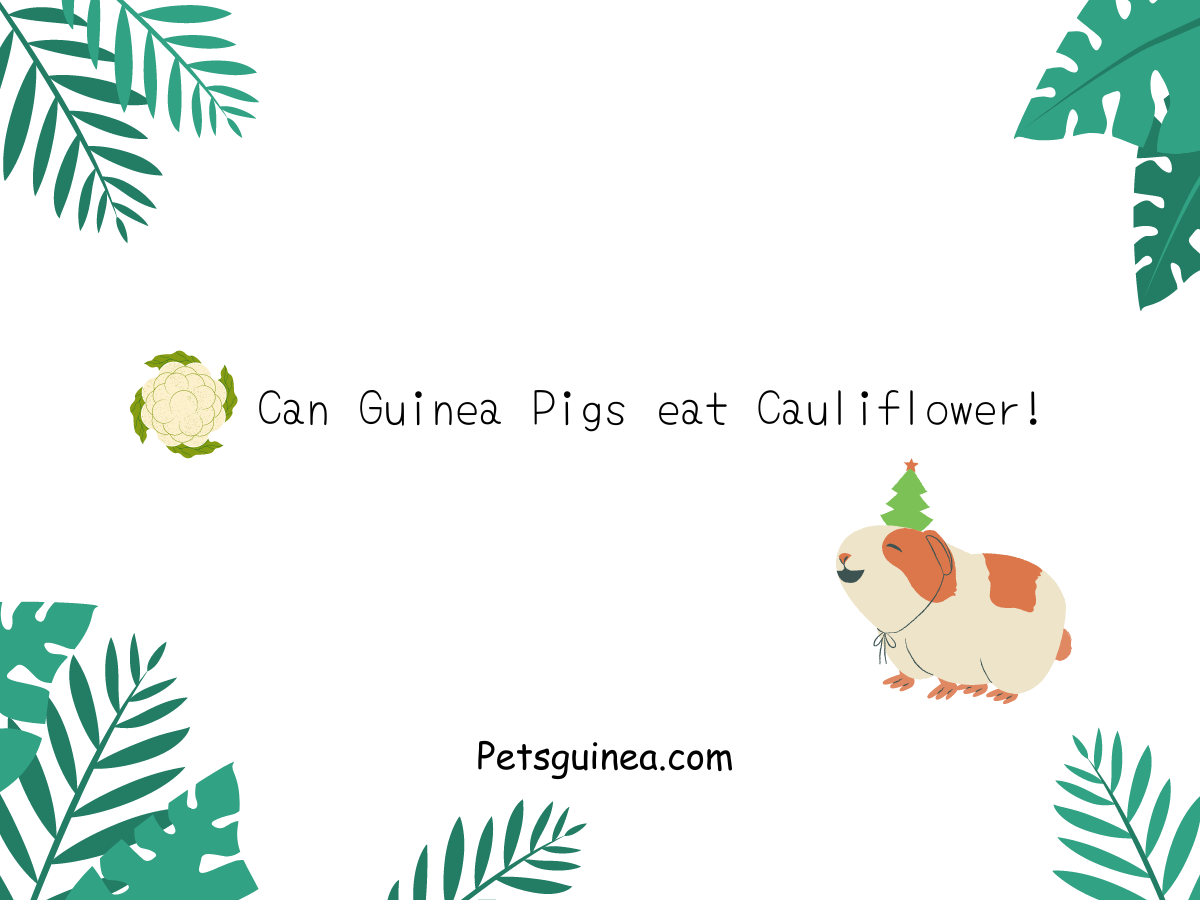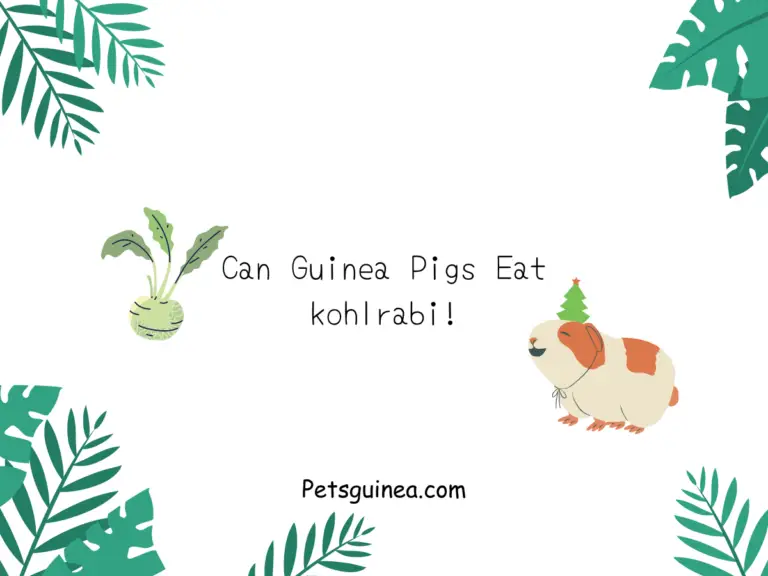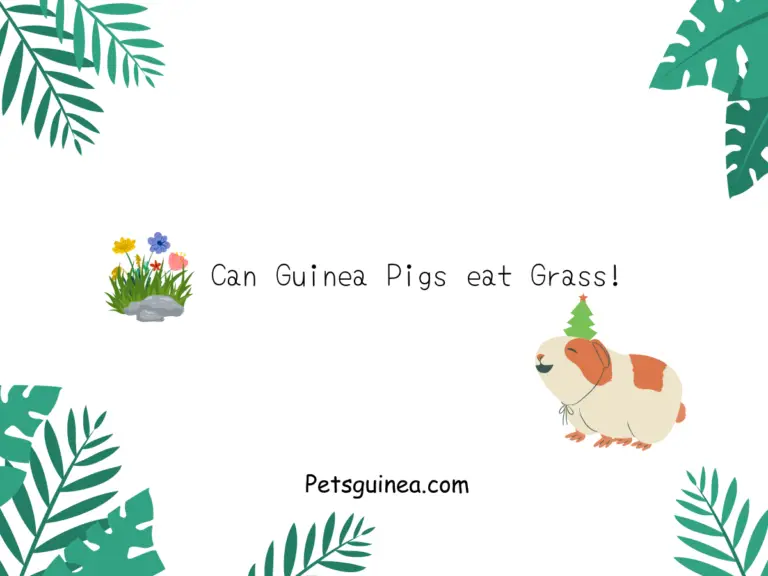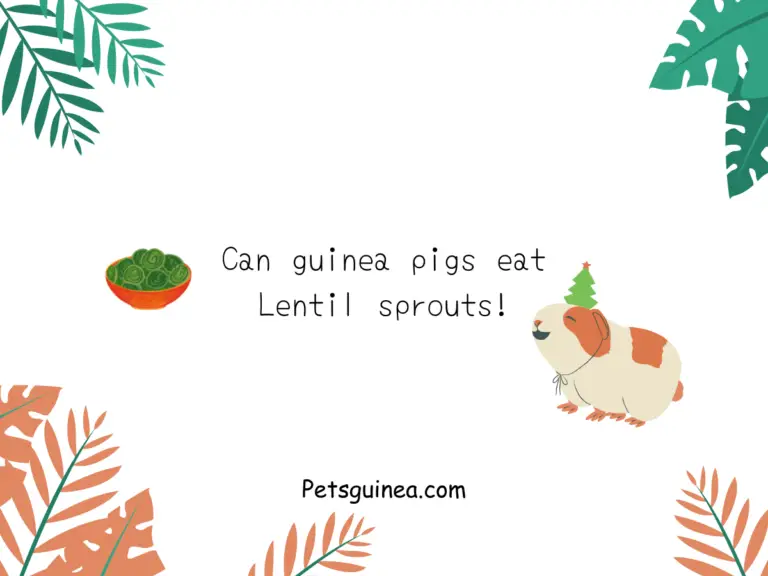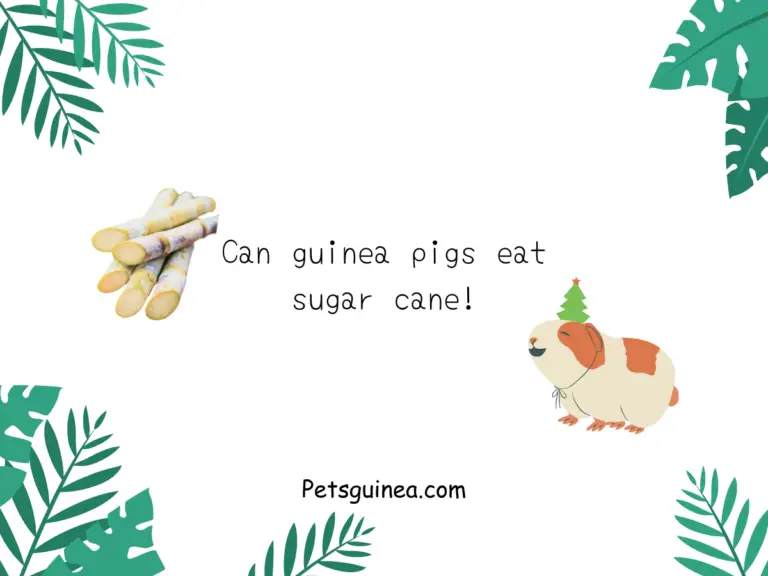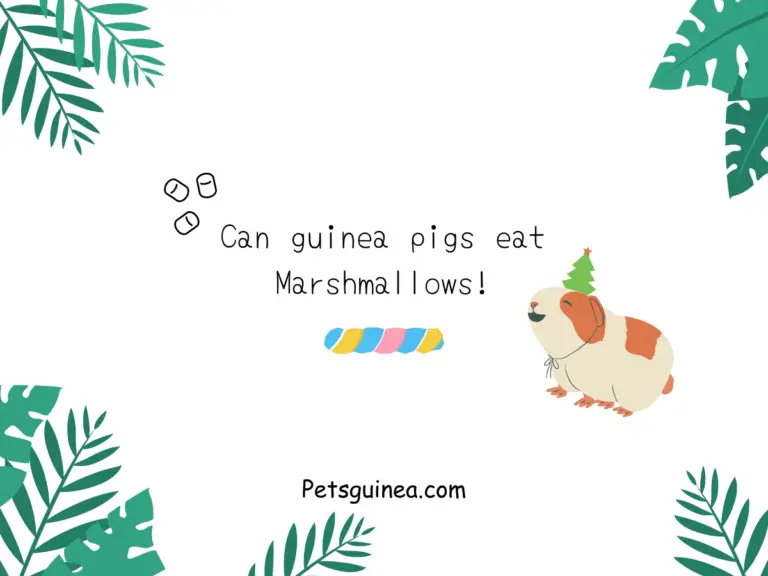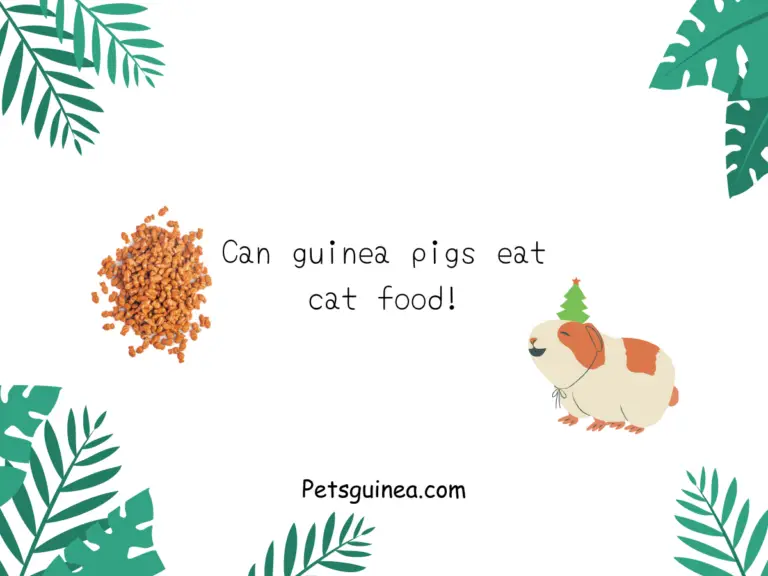Can Guinea Pigs Eat Cauliflower? A Comprehensive Guide
Have you ever watched your adorable guinea pig munch on various veggies and wondered if that cute white head of Cauliflower in your fridge could be next? Like most things, the answer isn’t a simple yes or no. Buckle up, cavy companions, because we’re diving deep into the world of cauliflower and guinea pig diets!
Quick Facts About Cauliflower
Before exploring the cauliflower puzzle, let’s get to know this cruciferous friend better. Cauliflower, a member of the brassica family (think broccoli ,cabbage and Lettuce!), is a low-calorie vegetable packed with vitamins and minerals.
Nutrient Powerhouse:
Cauliflower boasts vitamin C, essential for a guinea pig’s immune system, and vitamin K, which helps with blood clotting.
Fiber Fantastic:
This veggie is a good source of fiber, crucial for maintaining healthy digestion in our little herbivores.
Sugar Savvy:
Compared to other veggies, Cauliflower is on the lower end of the sugar scale, making it a good choice for weight management.
Is Cauliflower Bad for Guinea Pigs?
While Cauliflower offers some nutritional benefits, there are a few things to consider before providing it to your furry friend.
Calcium Concerns:
Cauliflower, like other brassica veggies, is high in calcium. Too much calcium can increase the risk of bladder stones in guinea pigs.
Bloating Blues:
Cauliflower and its cruciferous cousins can cause bloating and gas in sensitive guinea pigs.
Here’s the bottom line:
Cauliflower isn’t inherently wrong for guinea pigs but should be offered in moderation and as part of a balanced diet.
Is Cauliflower Good for Guinea Pigs?
Now for the good news! In small quantities, Cauliflower can provide some essential nutrients for your guinea pig:
Vitamin C Boost:
As mentioned earlier, Cauliflower offers a good dose of vitamin C, which guinea pigs cannot produce themselves. This vitamin helps fight off infections and keeps them healthy.
Fiber for Happy Guts:
The fiber content in Cauliflower aids digestion and keeps your guinea pig’s gut functioning smoothly.
What Other Benefits Does Cauliflower Provide for Your Guinea Pig?
While the main benefits of cauliflower focus on vitamin C and fiber, there’s more to this veggie than meets the eye!
Hydration Hero:
Cauliflower has a high water content, which helps keep your guinea pig hydrated, especially during hot weather.
Weight Management:
This low-calorie veggie is an excellent choice for guinea pigs who must watch their weight.
What Are the Downsides About Cauliflower for Guinea Pigs?
We’ve established that Cauliflower is a treat, not a staple, in a guinea pig’s diet. Here’s why:
Calcium Overload:
As discussed earlier, excessive calcium can lead to bladder stones. Moderation is key!
Bloating and Gas:
The complex sugars in Cauliflower can cause digestive issues in some guinea pigs. Start with a tiny amount and monitor their reaction.
How to Prepare and Serve Cauliflower to Guinea Pigs
Now that you know the drill, let’s get to the fun part – serving Cauliflower! Here’s how to do it safely:
Wash Thoroughly:
Like any veggie, wash the Cauliflower under running water to remove dirt and pesticides.
Chop it Up:
Cut the Cauliflower into small, bite-sized pieces to avoid choking hazards.
Start Small:
Introduce Cauliflower slowly, offering a tiny piece (think the size of a pea) for the first time. Monitor your guinea pig for any signs of bloating or discomfort.
Mix it Up:
Combine the Cauliflower with other guinea pig-safe veggies like bell peppers, carrots, or leafy greens for a balanced and exciting meal.
Remember:
Fresh is Best:
Avoid giving your guinea pig cooked Cauliflower, as it can be harder to digest.
Variety is Key:
Don’t make Cauliflower a regular part of their diet. Offer it a couple of times a week as a special treat.
How Often Can A Guinea Pig Eat Cauliflower?
As a general rule, limit cauliflower servings to 1-2 times a week, with each serving no bigger than a pea. Here’s why:
Balancing the Diet:
A guinea pig’s primary food source should be high-quality hay and unlimited access to fresh water. Vegetables like Cauliflower are considered treats and shouldn’t overpower their essential dietary needs.
Sensitive Tummies:
Remember, some guinea pigs have more sensitive digestive systems than others. Introducing new foods slowly and monitoring their reaction allows you to adjust their diet accordingly.
Here’s a helpful tip:
Keep a food journal to track what you feed your guinea pig and how they react to each new food. This will help you identify any potential allergies or digestive issues.
Can Guinea Pigs Eat Cauliflower Leaves?
Yes, guinea pigs can eat cauliflower leaves in moderation. The leaves provide similar nutritional benefits as the florets, with a slightly higher fiber content. However, keep these things in mind:
Wash Them Well: Like the florets, thoroughly wash the leaves before offering them to your guinea pig.
Start Slowly:
Introduce a small, clean leaf and monitor their reaction for any digestive upset.
Limit Leafy Greens:
While cauliflower leaves are safe, leafy greens like romaine lettuce or kale should be offered more frequently than cauliflower leaves due to their higher vitamin content.
Can Guinea Pigs Eat Cauliflower Stalks?
Cauliflower stalks are safe for guinea pigs to eat in small quantities. They offer some fiber and nutrients but can be a bit tougher to chew than the florets. Here are some tips for providing cauliflower stalks.
Chop Them Up:
Cut the stalk into thin slices to make it easier for your guinea pig to manage.
Offer Only the Tender Parts:
Offer Only the Tender Parts: Avoid the woody core of the stalk, as it can be challenging to digest.
Mix it Up:
Combine the chopped stalk with other veggies for a more appealing and nutritious meal.
Conclusion
When offered in moderation and as part of a balanced diet, Cauliflower can be a healthy and enjoyable treat for your guinea pig. Remember, variety is key! Explore a wide range of guinea pig-safe vegetables while keeping hay and water as the cornerstones of their diet. By following these guidelines and monitoring your guinea pig’s needs, you can ensure they get the most out of their daily meals. Happy cavy caretaking!
Frequently Asked Questions About Guinea Pigs
Yes, guinea pigs, including the pods, can enjoy sugar snap peas and snow peas in moderation! These green pods offer a good source of vitamin C and fiber. However, keep these things in mind:
Like Cauliflower, broccoli is another cruciferous veggie with pros and cons for guinea pigs. It offers vitamin C and fiber, but too much can lead to bloating and gas. Here’s the lowdown:
It’s best to avoid giving your guinea pig frozen Cauliflower. Frozen vegetables often lose some of their nutritional value during the freezing process. Additionally, frozen Cauliflower can be colder than their little tummies handle, potentially leading to digestive issues.
Guinea pigs can enjoy kohlrabi as part of a balanced diet. However, it’s essential to offer it in moderation and ensure it’s fresh and pesticide-free.
Yes, lettuce can be safe for guinea pigs in moderation. However, it’s essential to know its limitations and potential downsides.
If your guinea pig experiences bloating, gas, or diarrhea after eating cauliflower, stop offering it immediately. Please provide plenty of fresh hay and water to help their digestive system recover. If symptoms persist, consult your veterinarian.

